Looking to improve your game? There are all sorts of things you can do to lower your score and increase your fun, from working on your swing to investing in more modern clubs.
But one area is often overlooked: your choice of golf balls. Though they all seem to look generally the same, on the outside at least, there are different materials that go into making them that can affect how far and fast they move when hit. Some also perform better in certain weather conditions, and some can make a difference in your score, especially your short game.
Choosing the right balls isn’t necessarily easy, and some golfers stick with a favorite brand out of tradition, because of price, or following the recommendation of a favorite golfer. (The latter one isn’t such a bad idea, since the pros certainly know what works and doesn’t work for them and their game.) But flashy marketing, brand-building, and celebrity endorsements aside, what really helps is trying out what ball is optimal for you and your game, as well as learning what kind of testing took place.
Continue reading to learn about robotic testing that goes into ball design, and what golfers can conclude from what’s tested when they’re trying to select an ideal ball to boost their game.
Why Robotic Data Matters in Golf Ball Testing
Though anecdotal information from golfers can be useful about how certain balls perform, most of the actual research comes from mechanical tests that look purely at what happens when a ball is hit in different ways and with different clubs. Modern robots can also do a faster and more efficient job of hitting thousands of balls in a few hours instead of a human trying the same feat.
Robots can also do their job without other factors such as weather, condition of greens and fairways, condition of clubs, and condition of human. They can also duplicate certain types of swings, club force, and different speeds consistently.
Tested balls can also be used in batches of certain materials and construction, which can also be easily broken open following testing to see how the ball’s internal components handled the experience.
All of this data can give ball designers useful feedback into performance and how they handle different clubs and shots.
Because golf is big business, plenty of people are interested in the results of testing along with ways to get the word out. That’s part of the reason that GOLF magazine collaborated with Golf Laboratories in 2023 to perform a deeper dive into ball performance. This involved looking at spin rates with a 50-yard wedge shot with 40 types of balls.
One of the findings was that balls with Surlyn covers did provide better spin rate overall but a urethane cover is more consistent for a short game.
The Short Game is the Key Factor in Golf Ball Testing
Though there’s always interest in the big drivers that can blast a ball down the fairway, the short game often turns out to be more crucial to one’s overall score. Not getting close enough or overshooting the green can both cost you valuable strokes. That’s part of the reason much testing focused on wedge shots, especially trying to make it on to the green from 40 to 50 yards away. Mastering wedge shots is also a skill that’s sometimes given less priority when instructors are trying to teach players proper driving or putting.
Gene Parente, owner of Golf Laboratory since 1990, and creator of the Golf Robot, a mobile testing unit that provides a good simulation of a player’s swing and wrist grip, often emphasizes the importance of testing to help the short game. He points out how pro players really focus more on how a ball will affect their short performance vs. setting new records with their drives. But that’s not all: he affirms that even the best short game requires consistency in ball striking, which robot testing can provide.
When trying out different ball types, first check them in every part of the hole, from your first swing to sinking the putt. Then focus on becoming more precise in certain areas, including flight control, controlling or adjusting spin rate, and learning how your selected ball stops.
Analyzing Spin Rates for Wedge Shots
In the GOLF/Golf Laboratory testing, analysts tested about 40 balls and all had spin rates that exceeded 6,300 RPM. A lower number would mean lower performance overall.
When discussing spin rate, a good rule of thumb is that the rate for a drive depends on the speed of your swing. A slower swing may be required for a higher spin rate, and vice versa.
Wedges generally demand more spin vs. drives, where a longer, straighter strike with slower speed is preferred. With wedges, you may need a high spin.
Balls also can play a role in it – a ball with a Surlyn cover (like the Pinnacle Rush golf ball) may be better for overall play but if you’re focusing on better control, especially as you get closer to the green, then a urethane coating might be more appropriate (like on the Vice Pro golf ball).
How Driver Spin Rates Fit into the Equation
Parente and other golf pros suggest that the performance of your driver shouldn’t be the primary reason for choosing a ball. Often, there’s not a lot of variance between the spin of different ball types when you’re at the driving stage. But these differences are much more noticeable at the wedge level.
During the GOLF/Golf Laboratory testing, the lowest spinning balls with drivers were about 600 RPM, but with wedges, the spin was in the 2,000-3,000 RPM range, with more than half having spin rates between 2,500 and 2,800.
This also affirms that ball choice is less significant for drives, making club selection and swing more important. But when it comes to the later part of the process, ball selection is more vital.
Unfortunately, since you can’t switch balls mid-hole (barring loss), it makes sense to select one that’s consistent for all the clubs in your bag. Or if you want to give more emphasis, look for a ball that’s more optimal for the wedge experience vs. something that you hope will go far with one of your big clubs. Turns out just about any ball can do this, but some balls are better when you’re closer to the green (like the Titleist Pro1 and ProV1X golf balls).
Should you start with Budget-Friendly Balls?
The price of balls can add up, especially if you’re in the “learning/practicing” mode vs. something more competitive. True, every non-pro should think about every round as practice in hopes of improving their game. But where balls are concerned, it might take some time – and some lost balls – to dial in what you feel comfortable with.
You can get great deals on used golf balls ordered in bulk. You also can consider that an investment in better balls will help your overall game, and when you look at the big picture, even buying a bunch of them costs less than a fancy new iron.
If you’re new to golf and trying to get the hang of everything, it’s tempting to buy the cheapest ones you can find. Instead, consider trying balls with Surlyn coating to start with, and as you progress and improve overall control, begin switching to urethane. (This advice also goes for intermediate golfers looking to cut costs – don’t scrimp on balls.)
Final Takeaways on Testing
Robotic testing can give you an indication of overall performance of balls, including how they perform with different swings, different club surfaces, and different force and spin.
A series of tests indicated that high spin can be useful in a short situation that benefits from a wedge, but has less effect when you use a drive with your long shots. The robotic tests did provide useful information about the different types of spin rates, which provided some useful and precise data in a short amount of time, compared to taking hundreds of shots at different angles.
Golfers interested in learning more may be able to find a testing facility near them that can help provide insight into the best ball for their swing, clubs, and playing style. Companies like TrueSpec may be able to offer some useful suggestions.
Being conscious of spin rates, especially at the short game level, can provide some competitive advantages, especially against golfers who may put more focus into long drives.
Part of the fun is practice, so playing different rounds with different balls (you can even purchase golf ball assortments), while keeping track of performance in different conditions, can be an interesting and educational experience.



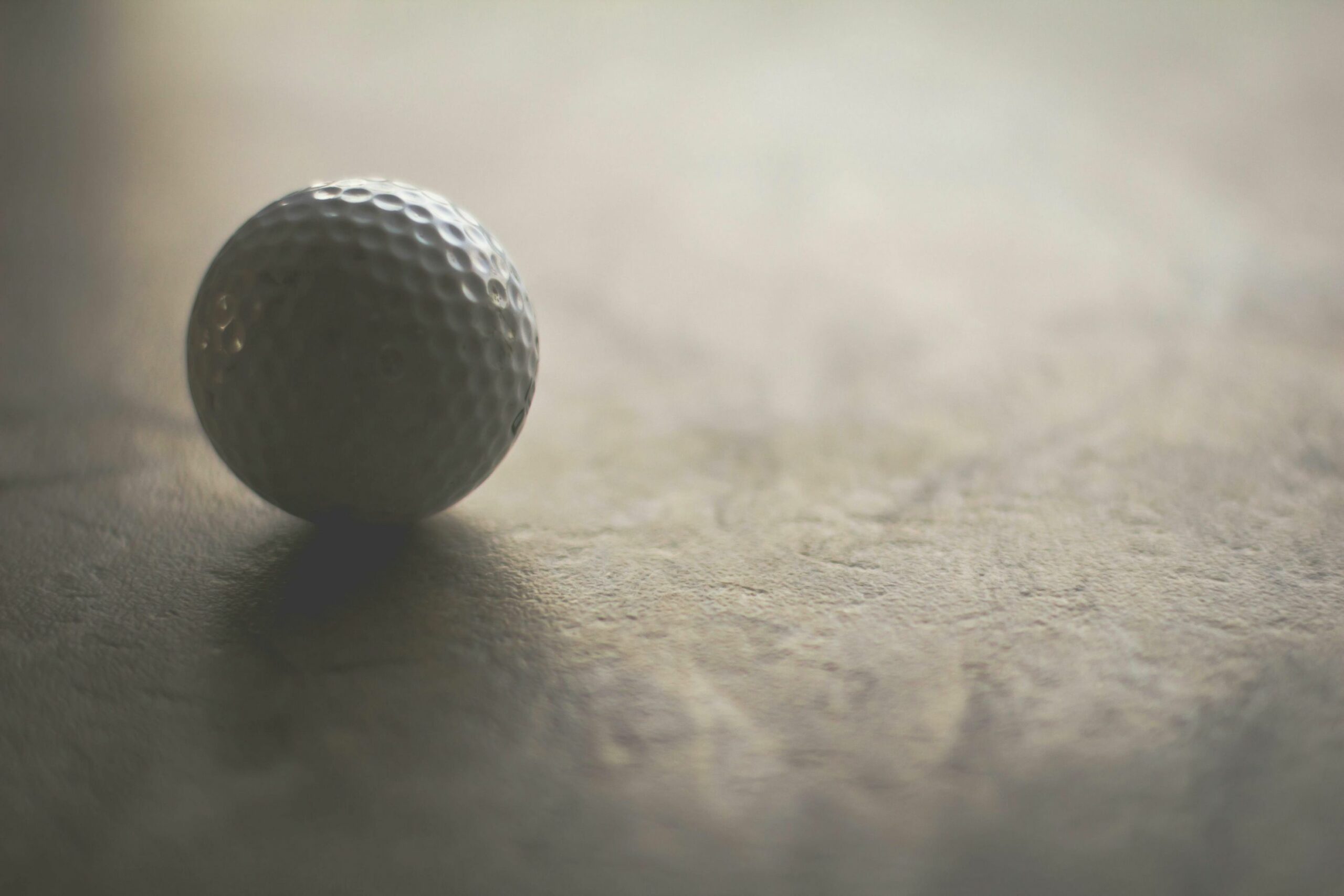
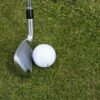
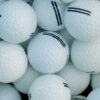
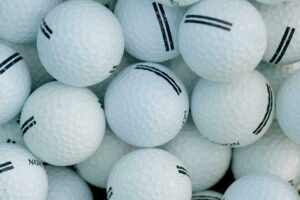
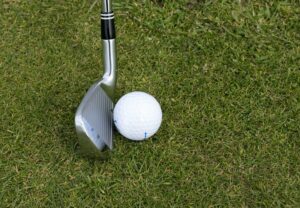
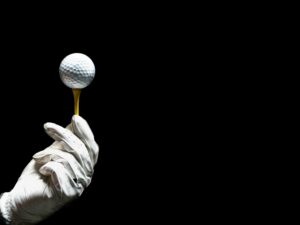
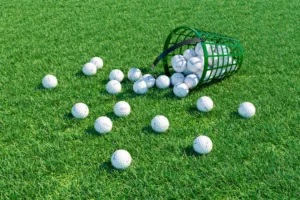



Add comment
You must be logged in to post a comment.